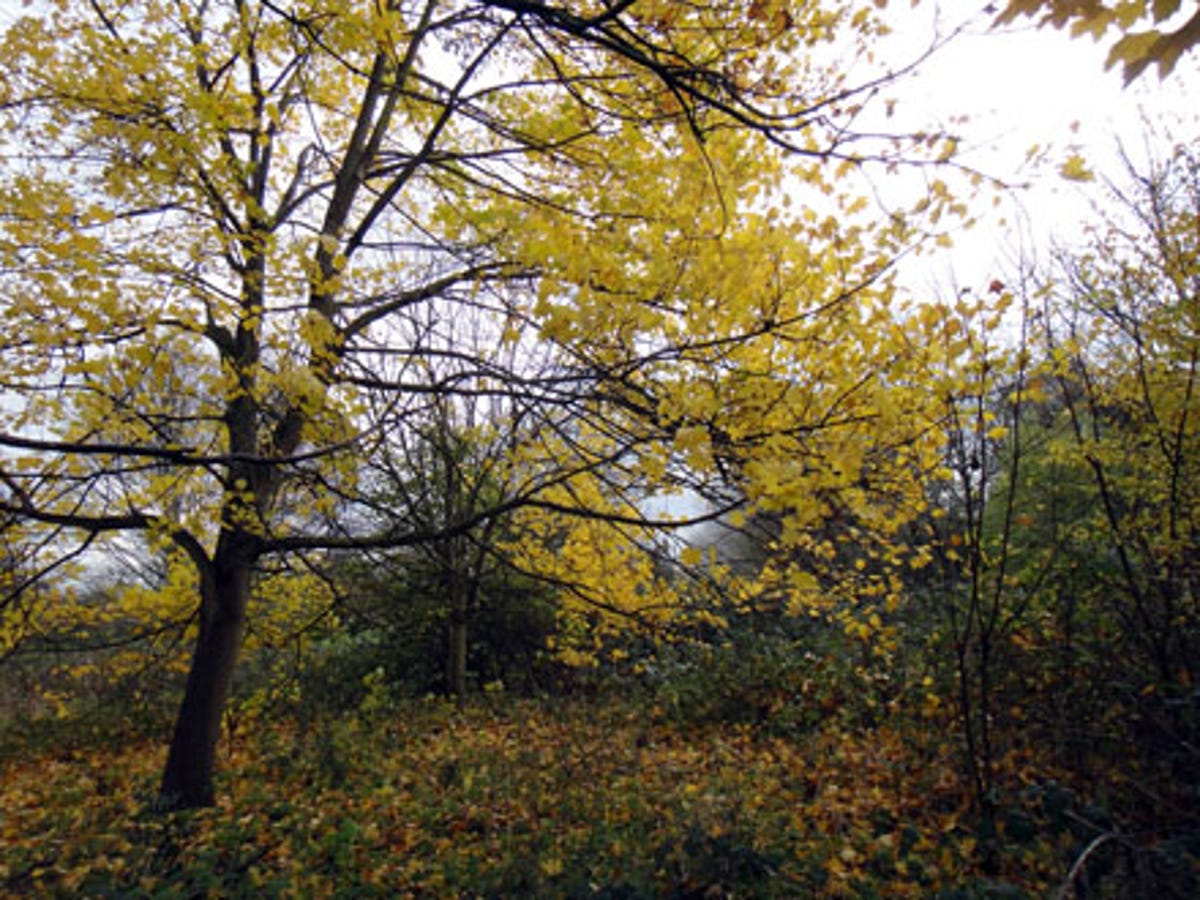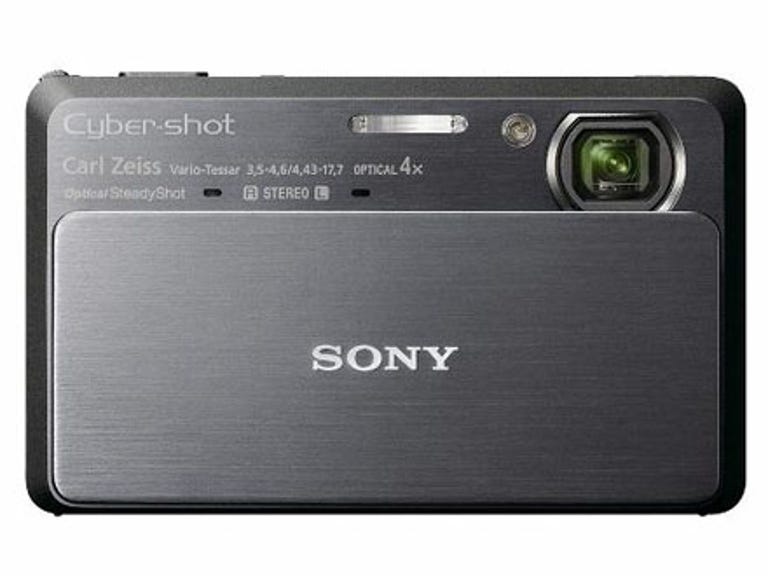 Why You Can Trust CNET
Why You Can Trust CNET Sony Cyber-shot DSC-TX9 review: Sony Cyber-shot DSC-TX9
The Sony Cyber-shot DSC-TX9 is a 12.2-megapixel snapshot camera with a slide-and-shoot faceplate. While not the best value, it ticks the boxes for the latest must-have features, including a 3.5-inch touchscreen and 1080i video.
The 12.2-megapixel Sony Cyber-shot DSC-TX9 is £100 dearer than the WX5, yet shares many of its sibling's core features. A brushed-aluminium finish and slimmer body seems to command a higher premium these days. Expect to pay upwards of £300 for this flat-fronted snapshot.
The Good
The Bad
The Bottom Line
TX-tasy
Like the WX5, the TX9 offers the new '3D sweep panorama' mode, despite featuring just the one lens at the front. The results are viewable only on a 3D TV. As this is wholly software-based technology, space for twin lenses and 3D sensors -- like those of the Fujifilm FinePix W3 -- aren't required, so the camera is a lighter, more svelte option.
Maintaining the camera's compact proportions of just 17.5mm at its narrowest, the TX9's 4x optical zoom mechanism is folded within the body, so at no point does it protrude from its casing. The Carl Zeiss lens, equivalent to 25mm at its widest setting, is hidden and protected when the camera is dormant beneath a slide-and-shoot faceplate. Slide it down to power up the camera, and up to shut it down. It's as simple as that.
The camera is quick to respond, readying itself for the first shot in just over a second. Sliding open the lens cover reveals a lozenge-shaped integral flash, autofocus-assist/self-timer porthole and, as on the WX5, twin stereo microphones.
A 3.5-inch touch-panel LCD at the rear is utilised for both shot composition and review. Like the earlier TX7, it features a virtual one-touch video-record button for convenient access -- 1080i video at that. The screen itself is bright and clear when used as a viewfinder, and so it should be with a dSLR-like resolution of 921k dots.
Smooth operator
The entire back of the camera is swallowed up by the quick and responsive screen. There are only four physical buttons adorning the top plate -- shutter release, power, playback and capture modes -- along with a small ridged rocker switch for operating the zoom. Give this a nudge and the lens travels through the entirety of its 25-100mm range in just over two seconds, smoothly, steadily and silently.
With no handgrip at the front, once again we struggled to get a firm hold on the brushed-metal TX9. Expect to be constantly wiping the screen clean of fingerprints, too, even if Sony has provided a plastic stylus that clips onto the wrist strap.
Once again, there's a choice of shooting to Sony Memory Stick Pro Duo, or the more widely available SD, SDHC or even higher capacity SDXC media. A shared slot is provided alongside the rechargeable lithium-ion battery at the base. Manually selectable light sensitivity stretches from ISO 125 to ISO 3,200, as on the WX5.

Maintaining the minimalist ethic, there's only one port on this camera -- unprotected at the base. This is how the camera connects with the provided desktop docking station, twice the width of the camera itself. On the dock, you'll find separate USB 2 and AV output, along with mains power input and HDMI output for hooking the TX9 up to an HD TV. A separate mains charger is also provided for recharging the camera battery, which lasts about 230 shots from a full charge.
Added dimension
As mentioned at the outset, getting the best out of the TX9 requires a 3D TV set, which is the only way to view the results of the '3D sweep panorama' mode. For those of us not privileged enough to own a three-dimensional telly, there's compensation of sorts in the 'sweep multi angle' mode, which provides a 3D-like effect if you tilt the camera. It's much like the pseudo-animated optical illusion you get when walking past a lenticular print. To achieve this, it combines a high-speed burst of 15 frames. While the effectiveness of either setting really depends on your subject, they're fun if inessential extras that help the TX9 stand out in a crowded market, and prevent any would-be users getting bored too quickly.
Functional similarities with the WX5 continue with the 'superior auto adjustment' mode and background-defocus options, both of which imitate the results achievable with a digital SLR and wide aperture. Results are pretty hit-and-miss, though, and a poor simulation of dSLR quality. If you treat this as a normal snapshot camera, the TX9, priced almost as high as an entry-level DSLR, fares slightly better.
In terms of standard 4:3-ratio, two-dimensional images, colours are rich and detail, if a little soft, is what you'd expect from a point-and-shoot model. We did notice some loss of focus towards the corners of the frame at maximum wide-angle setting, and the usual bugbear of pixel-fringing was again in evidence between areas of high contrast. Camera shake didn't appear as problematic as on cheaper models that also lack a proper handgrip, so the built-in optical image stabilisation appears to do the trick for most common conditions.
Conclusion
Cameras in this flat-fronted TX series often stray towards style over substance, and you are paying a slight premium for the Sony Cyber-shot DSC-TX9's slimline dimensions. Its impressive 3.5-inch LCD and overall stylish design certainly trumps the more conventional WX5, with which it shares many core features. But unless you are particularly swayed by the design and touch panel of the TX9, the WX5 feels like the better bet.
Edited by Emma Bayly
